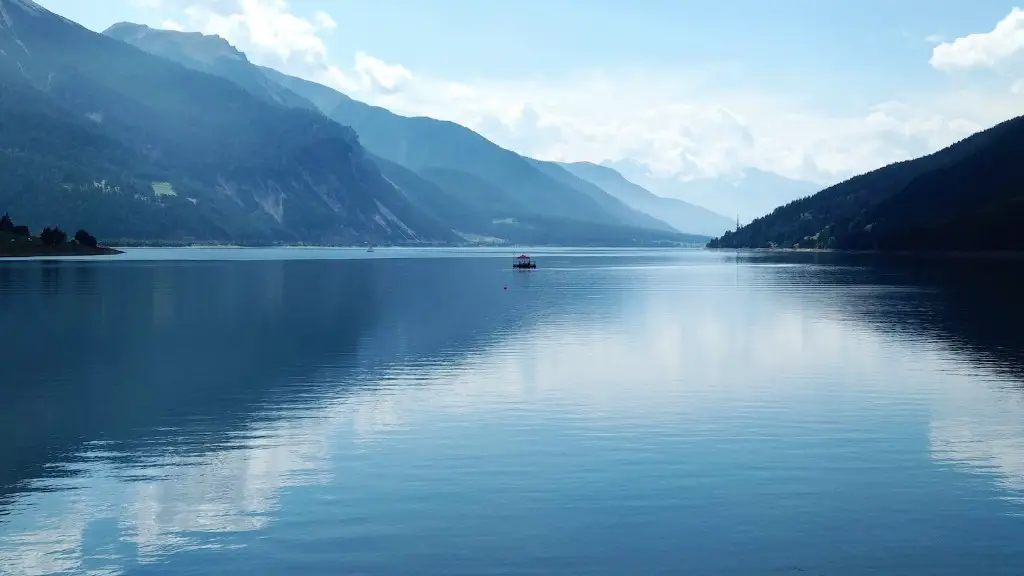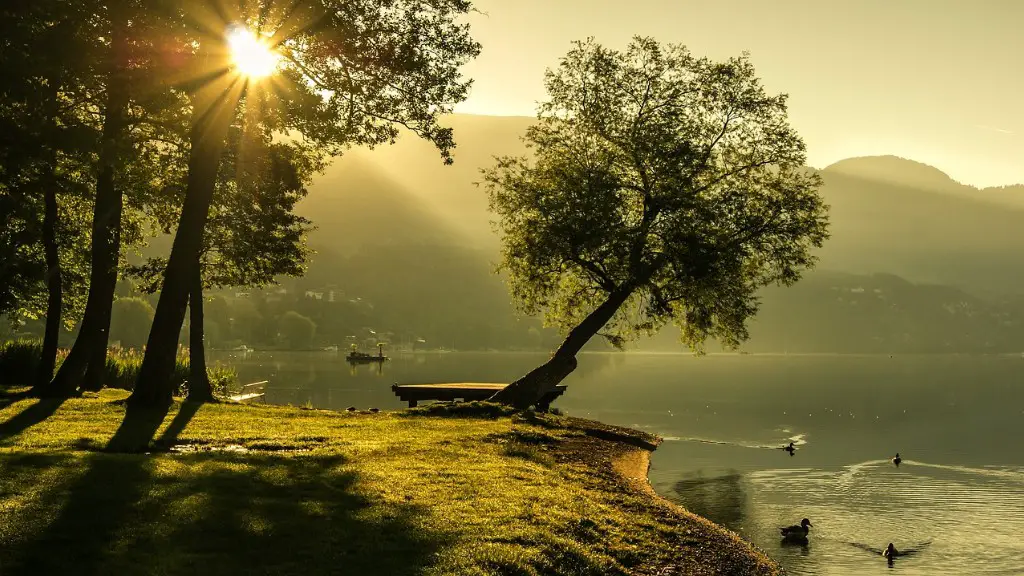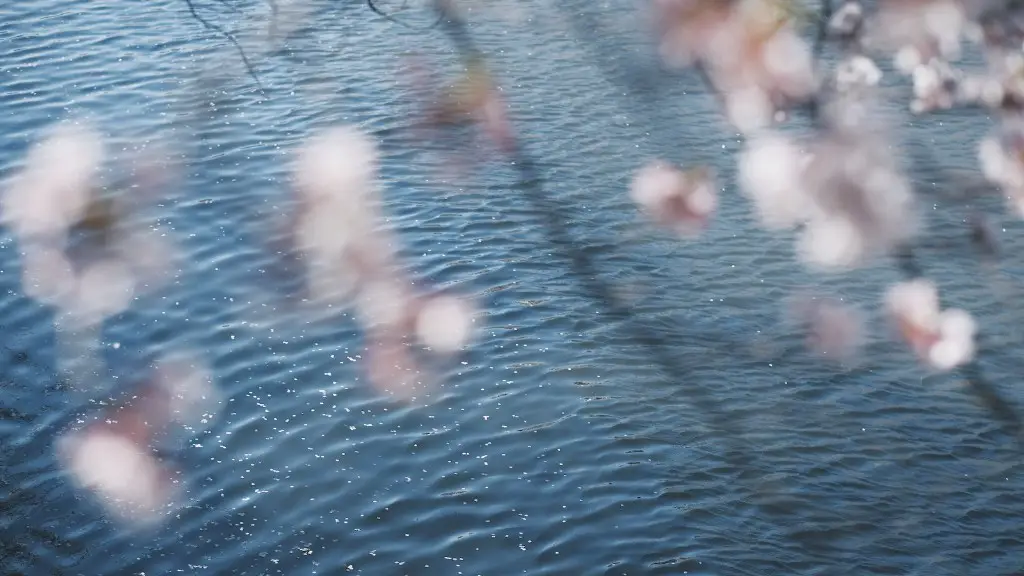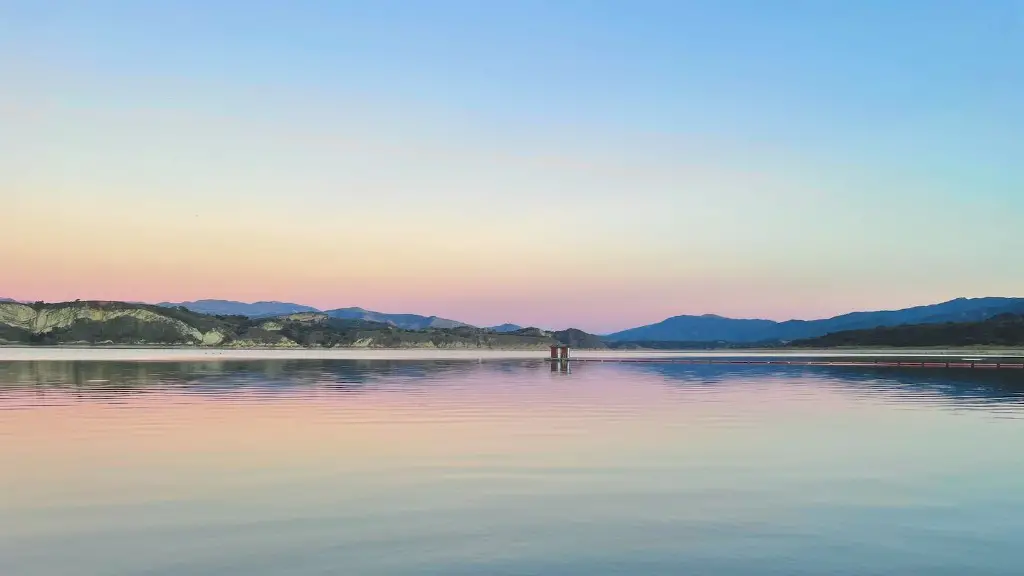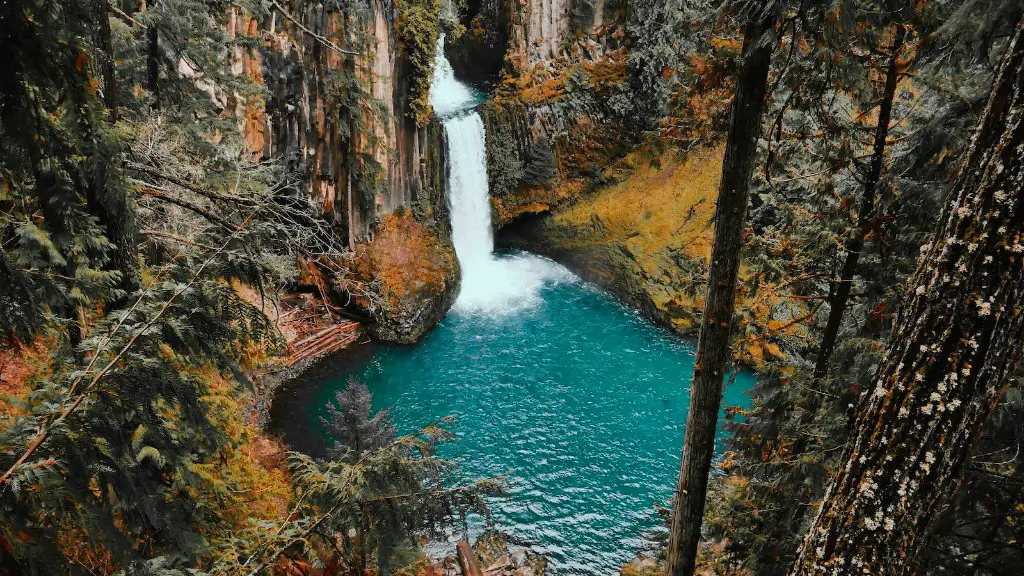It is probably unsurprising to hear that dead fish are sometimes found along the shorelines of Lake Michigan. The lake is one of the five Great Lakes and is the largest lake of the five. It is home to an array of aquatic species, such as fish, amphibians, and invertebrates. Consequently, it can be devastating when, suddenly, these fish start to die and wash up on shore in large numbers.
To understand why dead fish are washing up along the shore of Lake Michigan, it helps to understand the lake’s overall ecosystem. Pollution, either from urban runoff or from industrial development, is a major problem for the lake. This pollution includes things such as toxic metals, personal care products, and agricultural chemicals, as well as human and animal waste.
These pollutants find their way into the lake and can eventually disrupt the delicate balance of the aquatic ecosystem. The pollutants put stress on the animals living in the lake, on the water quality, and on the health of the ecosystems overall. This stress can often lead to large-scale die-offs of fish, leaving the shoreline covered with floating carcasses.
Other contributing factors to the presence of dead fish along Lake Michigan include water temperature fluctuations, overfishing, and invasive species. For example, invasive species such as goby and zebra mussels can feed on the eggs or young of native species. This decreases the overall population of certain species, as well as adding to the competition for resources that they do not need.
For instance, Richard Bailey, a professor of aquatic ecology at the University of Michigan, states that “water temperature fluctuations can lead to fish kill events, as can overfishing, nutrient pollution, and other more subtle environmental changes”.
The presence of dead fish along Lake Michigan is also indicative of a larger problem: the lack of healthy freshwater ecosystems. This is a major concern for scientists, who recognize the importance of a healthy freshwater ecosystem for the health of the lake and the overall ecosystem of the Great Lakes. To address this, governments and local stakeholders have put into place a number of measures, such as water quality regulations and management plans.
These measures are designed to reduce the levels of pollutants, lessen the impacts of overfishing, and address the issue of invasive species. Additionally, the Great Lakes Restoration Initiative has been established to address the larger issues of ecosystem health and the health of the lake. This program was launched by the Obama Administration and is intended to restore and protect the Great Lakes.
Nutrient Pollution
Nutrient pollution is another major contributor to the presence of dead fish in Lake Michigan. Excess levels of nitrogen and phosphorus can lead to algal blooms. When these algal blooms die and decompose, they reduce the oxygen levels in the water, which can lead to fish kill events.
These nutrient pollutants, primarily from agricultural runoff, are entering the lake and disrupting the natural balance of the aquatic ecosystems. In fact, a recent report from the Michigan Department of Environment, Great Lakes, and Energy found that more than 50% of Lake Michigan’s watersheds are currently impaired due to excess levels of pollutants.
Consequently, this is having a major impact on the lake’s water quality, which is contributing to the presence of dead fish along the shore. To combat this, governments and local stakeholders have implemented a number of measures, such as regulations on agricultural fertilizer use and efforts to reduce runoff from urban areas.
At the same time, local citizens have also taken action by partnering with organizations such as the Great Lakes Restoration Initiative to promote stewardship and restoration of the lake. This includes initiatives such as clean-up days, water testing, and planting native species along the shoreline.
Overfishing
Overfishing is also contributing to the presence of dead fish in Lake Michigan. According to the Michigan Department of Natural Resources, commercial and recreational fishing harvests in the lake have been steadily increasing since the mid-2000s. This has caused the population of certain species, such as walleye and lake trout, to decrease significantly.
As a result, the number of dead fish washing up on the shoreline has also risen. This is because the decrease in the population of certain species affects the entire aquatic ecosystem. It can lead to a decrease in biodiversity and decreased water quality, which can ultimately lead to die-offs of fish.
In response, local governments and environmental organizations have implemented regulations and initiatives to reduce overfishing. For example, the U.S. Fish and Wildlife Service has put in place regulations to manage the fisheries in the lake and promote sustainable fishing practices. Additionally, a number of wildlife conservation organizations are working to restore fish populations in the lake.
Climate Change
Climate change is another major factor contributing to the presence of dead fish along Lake Michigan. Studies have found that climate change is altering the lake’s environment, leading to changes in water temperature, water chemistry, and biodiversity. These changes can cause stress to the species living in the lake, leading to die-off events.
To address this issue, local governments and stakeholders are working to reduce emissions and promote sustainable development in the region. For example, the Michigan Department of Environment, Great Lakes, and Energy has launched a number of initiatives to reduce emissions and promote renewable energy sources.
Additionally, local stakeholders have implemented a number of management plans to protect the lake’s ecosystem, such as the Lake Michigan Ecosystem Health Management Plan. This plan is aimed at restoring and protecting the lake’s ecosystem and includes initiatives such as protecting wetlands, controlling invasive species, and reducing nutrient pollution.
Public Education
Finally, public education is an important factor in addressing the issue of dead fish along Lake Michigan. To this end, a number of organizations and local stakeholders have launched initiatives to promote stewardship of the lake. This includes initiatives such as the Clean Michigan Project, which is aimed at educating the public about the importance of maintaining healthy ecosystems.
The goal of these initiatives is to encourage individual action and accountability to promote the health of the lake’s ecosystems. Additionally, these initiatives also serve to highlight the importance of understanding the underlying causes of dead fish in the lake and the need to take action to address these issues.
Agricultural Practices
Agricultural practices are another significant contributor to the presence of dead fish along Lake Michigan. The runoff from agricultural operations, such as fertilizers and animal waste, is entering the lake and disrupting the natural balance of the aquatic ecosystem.
In response, governments and local organizations have implemented a number of regulations and initiatives to reduce the impacts of agricultural runoff. For example, the Michigan Department of Agriculture and Rural Development has implemented regulations to reduce the amount of nutrient and sediment runoff from agricultural operations.
Additionally, a number of local organizations have partnered with governments to promote sustainable agricultural practices and to reduce the impacts of agricultural runoff on the lake’s ecosystems. This includes initiatives such as planting buffer strips to reduce runoff, promoting cover crops to reduce erosion, and encouraging the use of low-till farming methods to reduce soil runoff.
Zebra Mussels
Zebra mussels are another contributor to the presence of dead fish in Lake Michigan. The mussels are an invasive species that were first introduced to the lake in the mid-1980s and have since spread across the lake. The mussels are highly efficient filter-feeders and compete with native species for food and habitat, causing a decrease in the population of native species.
To address this issue, local governments and environmental organizations have implemented a number of measures to reduce the spread of the mussels and protect the native species. This includes initiatives such as the Zebra Mussel Management Plan, which is aimed at controlling and monitoring the spread of the mussels, as well as encouraging boaters to properly and safely dispose of any infected vessels.
Additionally, local organizations are working to promote public awareness of the issue by hosting educational programs and launching initiatives to encourage boaters to take steps to prevent the spread of the mussels. These initiatives include boat inspections, decontamination, and implementation of exclusion zones, as well as promoting the use of protective clothing and gear.
